iOS 17, iPadOS 17, and watchOS 10 introduce mental health and vision health features, and the Health app arrives on iPad
CUPERTINO, CALIFORNIA Apple today announced new health features in iOS 17, iPadOS 17, and watchOS 10, expanding into two impactful areas and providing innovative tools and experiences across platforms.
New mental health features allow users to log their momentary emotions and daily moods, see valuable insights, and easily access assessments and resources. iPhone, iPad, and Apple Watch offer new vision health features that encourage healthy behaviors that help reduce the risk of myopia, and the Health app comes to iPad, giving users new ways to see their health data. All of these new features — and existing health features — are grounded in science and built with privacy at the core.
“Our goal is to empower people to take charge of their own health journey. With these innovative new features, we’re expanding the comprehensive range of health and wellness tools that we offer our users across iPhone, iPad, and Apple Watch,” said Sumbul Desai, M.D., Apple’s vice president of Health. “Mental health and vision health are important, but often overlooked, and we’re excited to introduce features that offer valuable new insights to provide users with an even better understanding of their health. These insights help support users in their daily decisions and offer more informed conversations with their doctors.”
Mental Health
Mental health is as important as physical health and affects people every day in how they think, feel, and act.
Research shows that reflecting on one’s own mental state can help build emotional awareness and resilience. According to Dr. Michelle Craske, a distinguished professor of psychology and psychiatry at UCLA, who echoes many in the field, “Identifying our feelings has been shown to help us manage difficult emotions, appreciate positive moments, and improve wellbeing.” Multiple studies by researchers have shown that identifying feelings reduces emotions like sadness and anger, and positively impacts our body by slowing our heart rate. Additionally, in a survey of participants in the UCLA Digital Mental Health Study, initial results showed more than 80 percent of participants found reflecting on their mood in the study app increased emotional awareness, and about half said it increased wellbeing.
The Health app in iOS 17 and iPadOS 17, and the Mindfulness app in watchOS 10, bring an engaging and intuitive way for users to reflect on their state of mind. Users can scroll through engaging, multidimensional shapes and choose how they are feeling in a range from Very Pleasant to Very Unpleasant. Then, they can select associations that are having the biggest impact on their feelings, like Travel or Family, and describe their feelings, such as Grateful or Worried.
Users can reflect on their state of mind by scrolling through engaging, multidimensional shapes and choosing how they are feeling.
In the Health app, users can see valuable insights to identify what might be contributing to their state of mind — whether it’s associations or lifestyle factors, such as sleep or exercise — and can use these insights to better manage their overall health.
There may be times when users can benefit from additional support. In a recent survey, more than 30 percent of U.S. adults said they have experienced symptoms of anxiety or depression.1 The same depression and anxiety assessments often used in clinics are now easily accessible in the Health app and can be taken anytime. These assessments can help users determine their risk level, connect to resources available in their region, and create a PDF to share with their doctor.
These new features enable iPhone, iPad, and Apple Watch users across the world to better care for their mental health, and in doing so, help raise awareness and acceptance for this important topic.
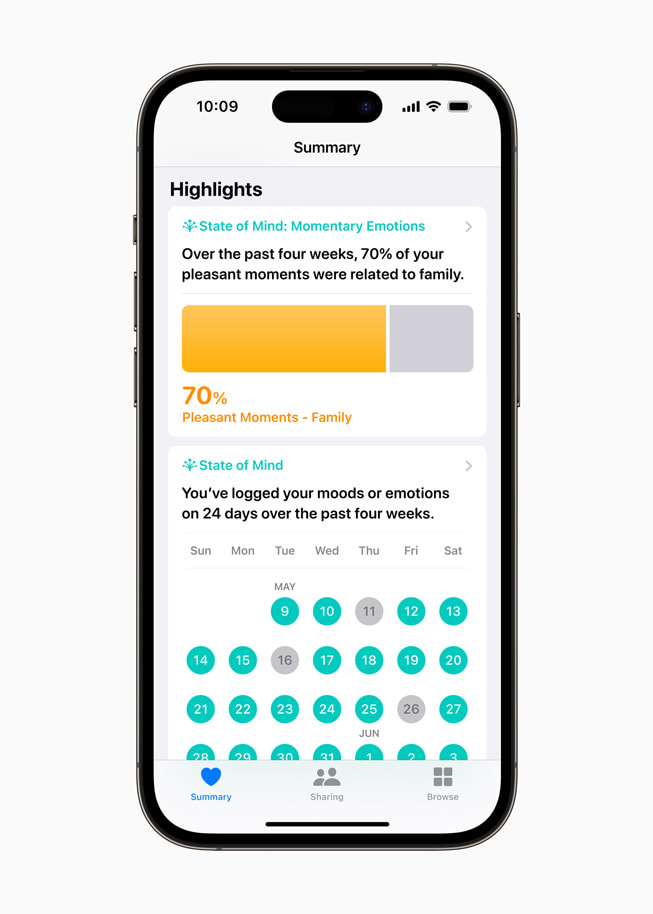
In the Health app, users can see valuable highlights summarizing their reflections on their state of mind over time.
Vision Health
Myopia, or nearsightedness, is the leading cause of vision impairment globally. It’s estimated to affect over 30 percent of the population currently2 and expected to grow to 50 percent, or 5 billion people,3 by 2050.
Eye care providers recommend a few key behaviors in children to help reduce the risk of myopia. Two of these behaviors are spending more time outdoors in daylight and increasing the distance at which they view something like a device or a book.
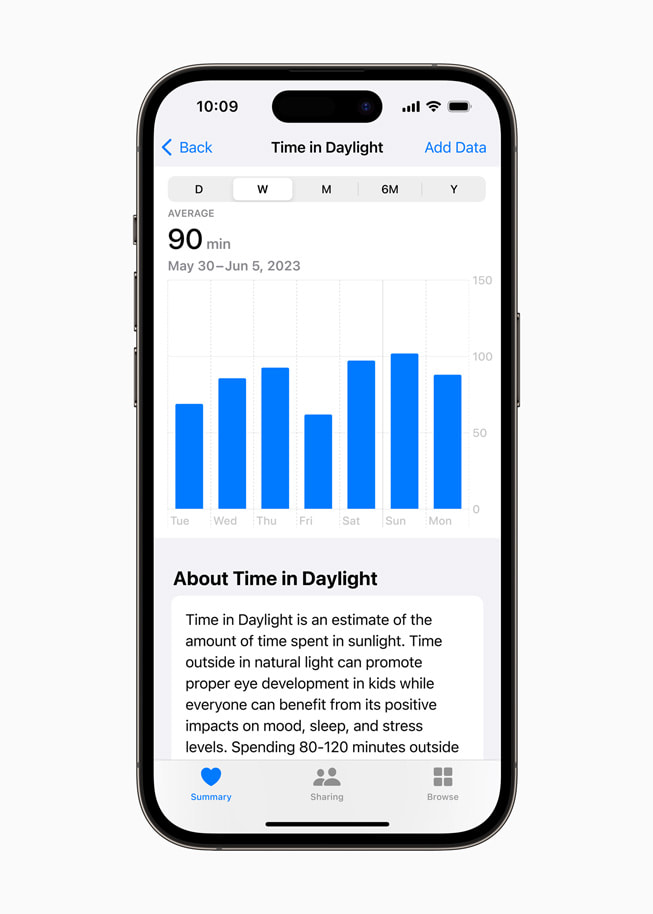
In the Health app, users can view the amount of time spent in daylight detected by their Apple Watch. Time spent in daylight can help reduce the risk of myopia in children and provide additional benefits to physical and mental health.
The International Myopia Institute recommends children spend at least 80-120 minutes a day outdoors. With watchOS 10, Apple Watch introduces the ability to measure time spent in daylight using the ambient light sensor. Users can view the amount of time spent in daylight detected by their Apple Watch in the Health app in iOS 17 and iPadOS 17. Children who do not have their own iPhone can use Family Setup to pair their Apple Watch to their parent’s iPhone, giving parents visibility into the amount of time their kids are spending in daylight with Health Sharing. Time spent in daylight can provide additional benefits to physical and mental health, so this feature is available to all watchOS 10 users.
Viewing something like a device or a book at too close of a distance is also a well-documented myopia risk factor. The new Screen Distance feature uses the same TrueDepth camera that powers Face ID on iPhone and iPad to encourage users to move their device farther away after holding it closer than 12 inches for an extended period of time. Screen Distance can remind younger users to engage in healthy viewing habits that can lower their risk of myopia, and it gives adult users the opportunity to reduce digital eyestrain.
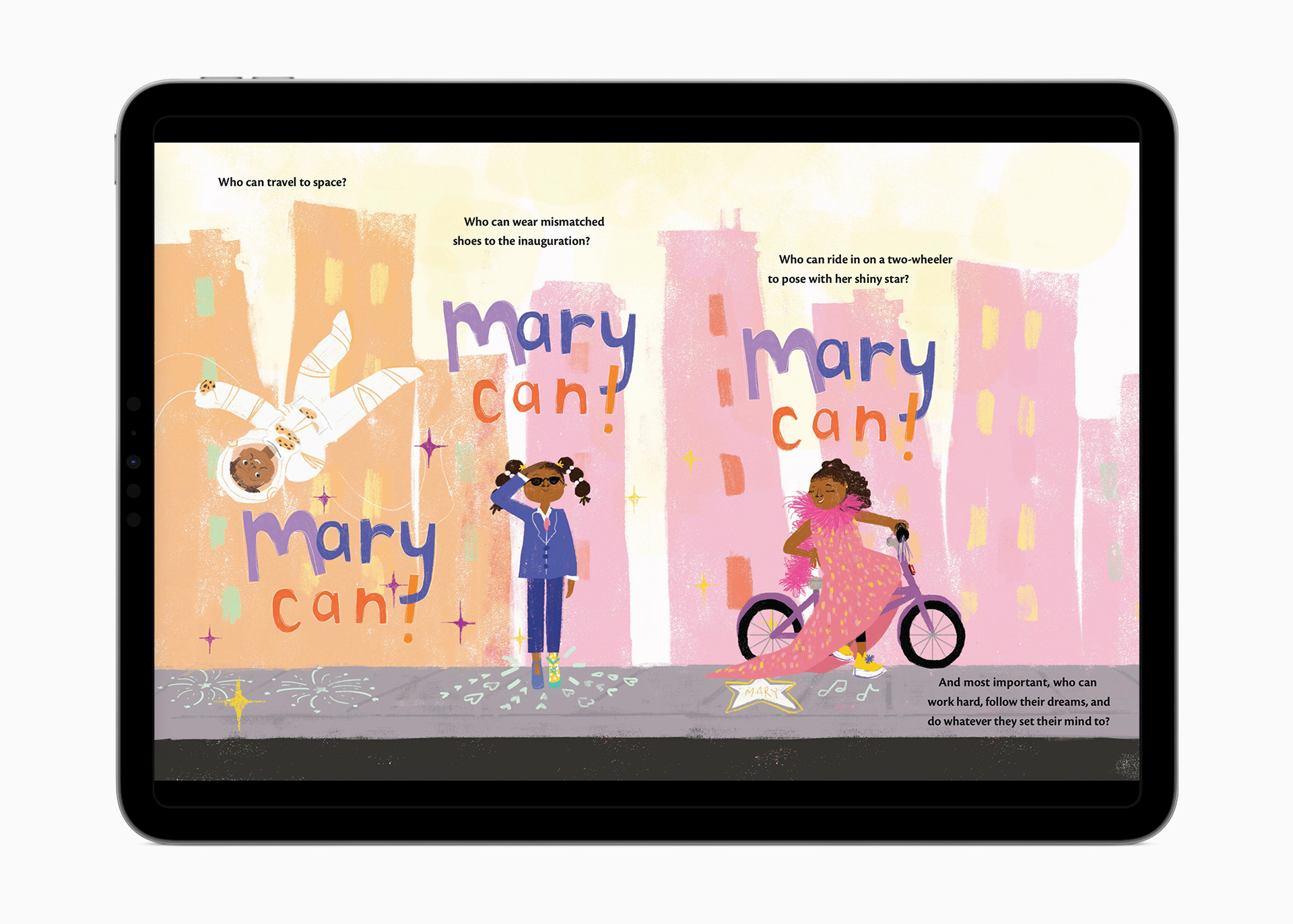
The new Screen Distance feature in iOS 17 and iPadOS 17 encourages users to move their device farther away after holding it closer than 12 inches for an extended period of time.
The Health App Comes to iPad
The Health app is a central, secure, and private place for a user’s health and fitness information, and it provides users with meaningful insights to live a healthier life. In iPadOS 17, the Health app comes to iPad and has been designed to give users rich detail at a glance so they can see information from iPad, iPhone, and Apple Watch, as well as compatible third-party apps and devices, all in one place.
Now users can track and manage their medications, use Cycle Tracking, log their momentary emotions and daily moods, view their available health records from multiple institutions, and more directly on iPad. They can also choose to share data stored in the Health app with loved ones or caregivers using Health Sharing. On iPad, the design of the Health app is optimized for the large display, with a new look for Favorites and detailed interactive charts. Users can receive insights into their health data with Trends and Highlights, and use iPadOS features like Split View to multitask with other apps while they view their health data.
Health and fitness developers can now use HealthKit on iPad, opening up new opportunities to create innovative health and fitness experiences that incorporate data users choose to share from the Health app, with rigorous privacy and data security protocols.
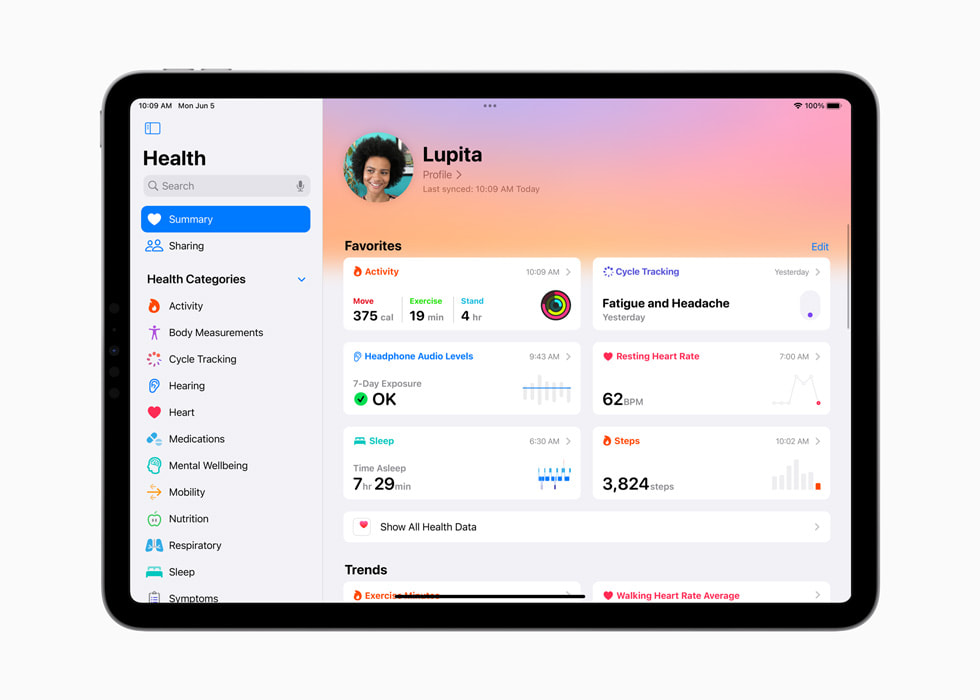
The Health app comes to iPad in iPadOS 17 and is designed to give users rich detail at a glance so they can see health and fitness information from iPad, iPhone, and Apple Watch, as well as compatible third-party apps and devices, all in one place.

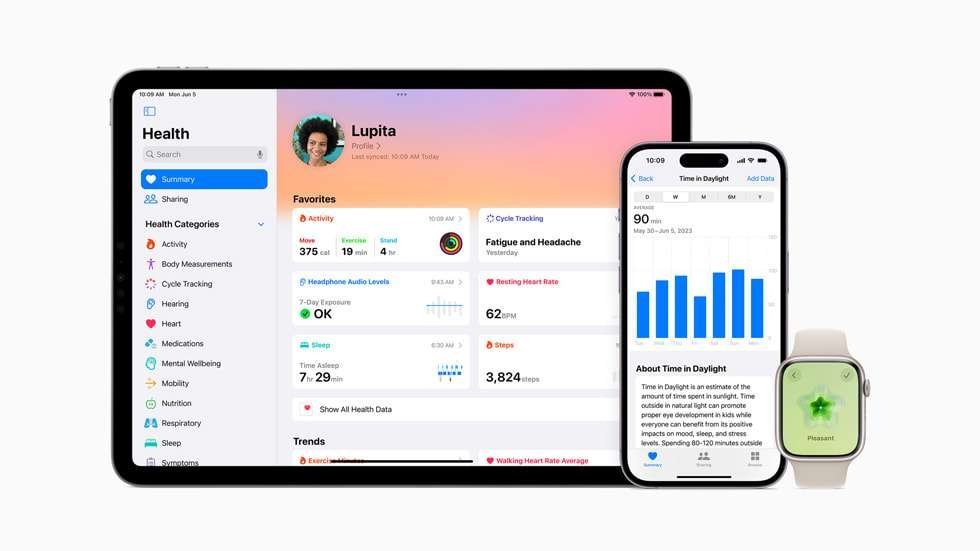
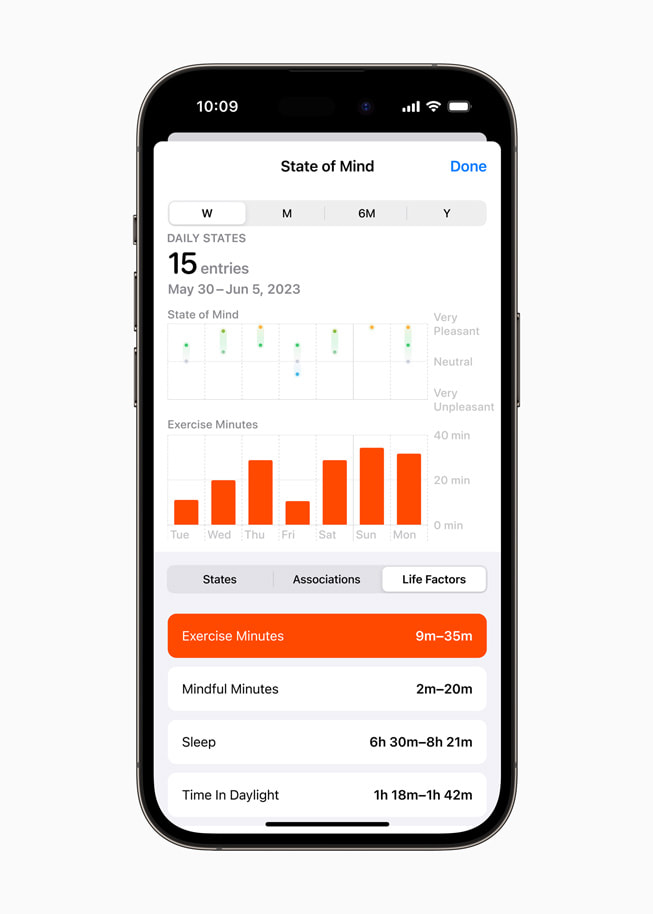
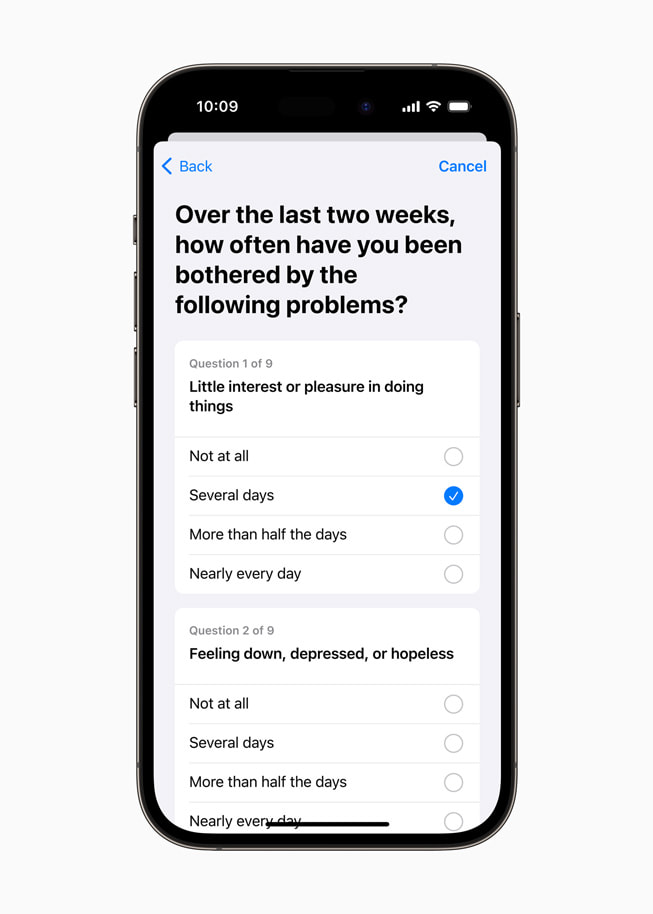
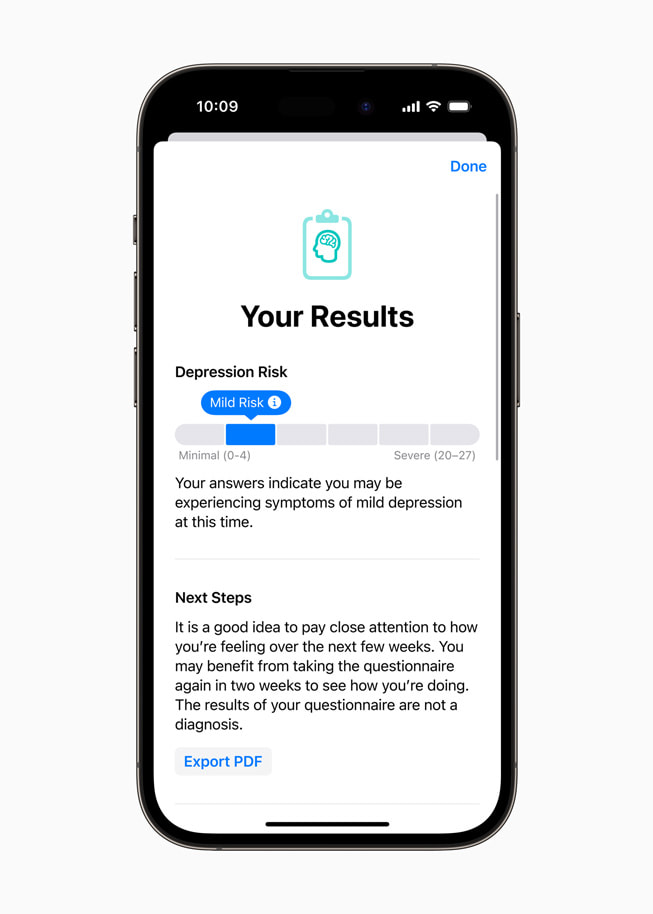








17 comments
Some truly howling work on behalf of the owner of this web site, utterly great written content.
Attractive section of content. I just stumbled upon your site and in accession capital to assert that I acquire actually enjoyed account your blog posts. Any way I’ll be subscribing to your feeds and even I achievement you access consistently fast.
I would like to thnkx for the efforts you have put in writing this blog. I am hoping the same high-grade blog post from you in the upcoming as well. In fact your creative writing abilities has inspired me to get my own blog now. Really the blogging is spreading its wings quickly. Your write up is a good example of it.
Only wanna say that this is very useful, Thanks for taking your time to write this.
I love looking through and I believe this website got some genuinely useful stuff on it! .
Hi, Neat post. There is a problem along with your website in internet explorer, could check this… IE nonetheless is the market leader and a good element of people will omit your fantastic writing due to this problem.
What Is Sugar Defender? Sugar Defender is a meticulously crafted natural health supplement aimed at helping individuals maintain balanced blood sugar levels. Developed by Jeffrey Mitchell, this liquid formula contains 24 scientifically backed ingredients meticulously chosen to target the root causes of blood sugar imbalances.
What Is Neotonics? Neotonics is a skin and gut supplement made of 500 million units of probiotics and 9 potent natural ingredients to support optimal gut function and provide healthy skin.
FitSpresso: What Is It? FitSpresso is a natural weight loss aid designed for individuals dealing with stubborn weight gain. It is made using only science-backed natural ingredients.
What is Tea Burn? Tea Burn is a new market-leading fat-burning supplement with a natural patent formula that can increase both speed and efficiency of metabolism. Combining it with Tea, water, or coffee can help burn calories quickly.
I like the helpful information you provide in your articles. I’ll bookmark your blog and check again here regularly. I am quite sure I will learn many new stuff right here! Best of luck for the next!
Wonderful beat ! I wish to apprentice while you amend your website, how could i subscribe for a blog site? The account aided me a acceptable deal. I had been tiny bit acquainted of this your broadcast offered bright clear idea
Your style is so unique compared to many other people. Thank you for publishing when you have the opportunity,Guess I will just make this bookmarked.2
I’m not that much of a internet reader to be honest but your blogs really nice, keep it up! I’ll go ahead and bookmark your site to come back later on. Cheers
Hi, i believe that i saw you visited my weblog so i came to “return the prefer”.I am attempting to to find things to improve my site!I guess its ok to make use of a few of your ideas!!
Thank you, I have just been searching for info approximately this subject for a long time and yours is the greatest I’ve came upon till now. However, what concerning the conclusion? Are you sure about the source?
This is the right blog for anyone who wants to find out about this topic. You realize so much its almost hard to argue with you (not that I actually would want…HaHa). You definitely put a new spin on a topic thats been written about for years. Great stuff, just great!